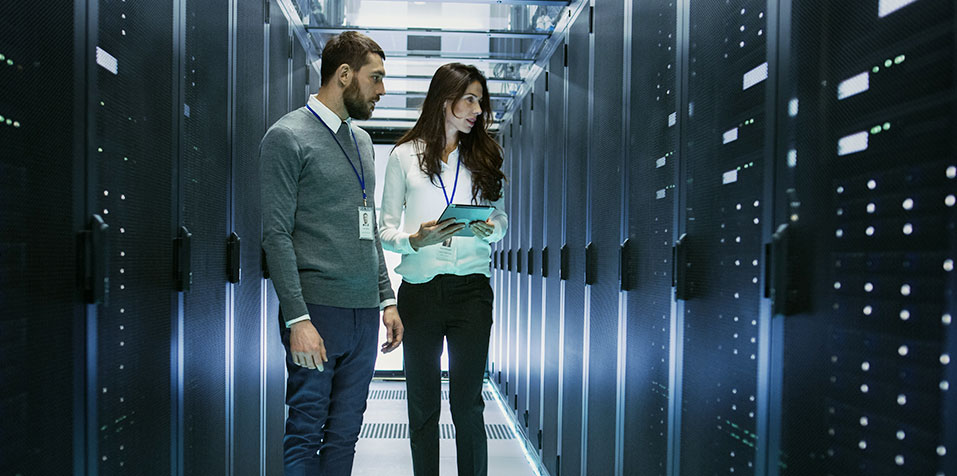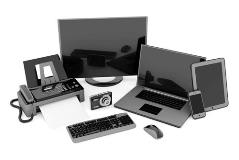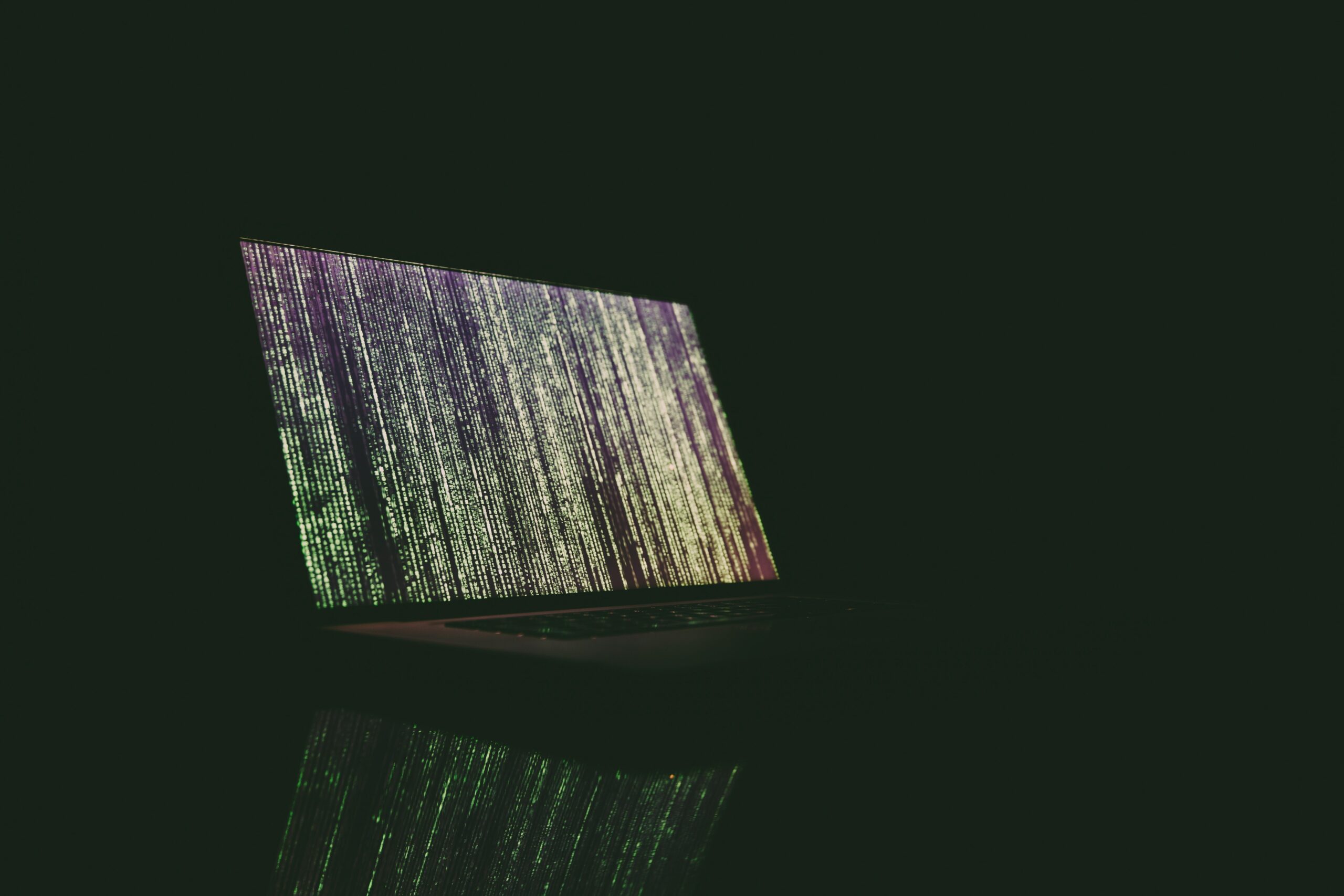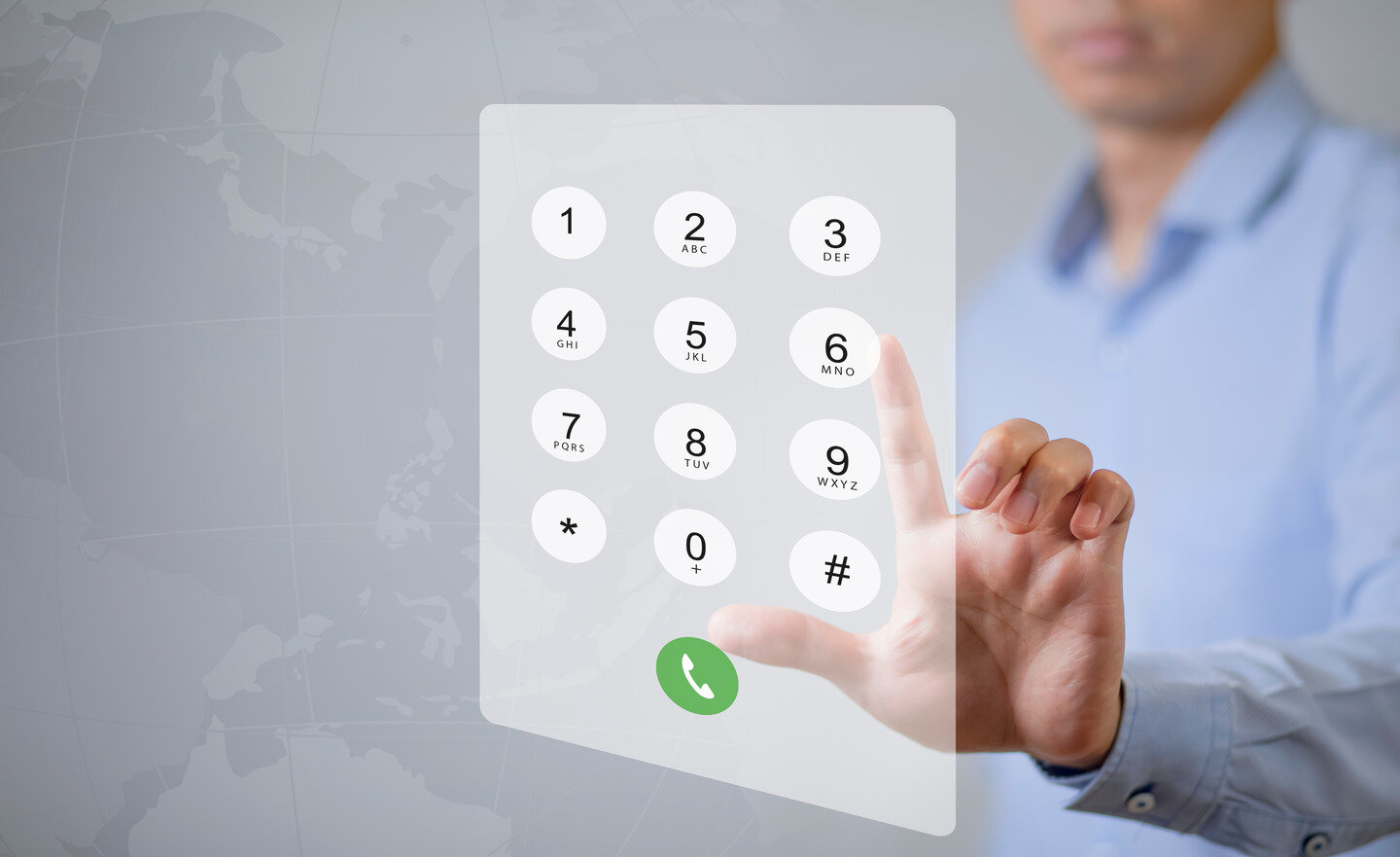If you’ve ever had to fax your financial records to your accountant at tax time, then you’ve probably experienced the panicked feeling that can come out of having to use an old-fashioned fax machine.
Well, you’re not alone. Many of us have had the experience of looking down at an important document and wondering if faxing is the best option for sending it.
So, why does sending faxes inspire such abject terror in so many of us? The fax machine doesn’t exactly make faxing simple. In fact, nothing makes faxing more burdensome and inconvenient than the technology itself.
Imagine this situation: You’re standing there feeding your financial records into the document feeder. Since fax pages transmit separately, you’re forced to load each page one by one. Your foot is tapping by the time you notice that the last page has jammed in the machine and, as a consequence, the fax transmission is automatically cancelled.
It’s. Time. To. Start. Over. Again. (Cue feelings of abject terror.)
In order to understand faxing, let’s take a look at the origins of fax technology, the direction it’s currently headed, and the brighter future ahead for cloud faxing.
The Origins of Faxing
Invented by Alexander Bain in 1842, the early fax machine worked by printing messages onto metallic surfaces. Initially a commercial failure, the fax machine proved to be a legal nightmare, as Bain was forced to repeatedly protect his patent against similar inventions.

However, as governments and other organizations began to prize faxing in the early 20th Century as a way to securely transmit documents, maps and other confidential data, the view of the fax machine changed considerably.
Newspapers and the military could send and receive time-sensitive information faster than ever before, without the threat of interference from unwanted third parties. It was an extremely useful tool that organizations benefited almost exclusively from for the greater part of the 1900s.
The Era of the Fax Machine
It wasn’t until the end of the 20th Century that faxing would gain widespread adoption. In fact, it wasn’t until fax machines were manufactured for general use and prices slashed that sales, among consumers and small business owners, skyrocketed.

By the early 1980s, there were more fax machines in homes and offices than in large organizations. By the end of the decade, several million fax machines were in use.
However, this widespread success wouldn’t last. By the 2000s, the fax machine was on the decline, with fewer consumers purchasing it. The rise of multifunction devices made the old-fashioned fax machine appear archaic.
Although faxing was still used in many corporate offices, it was no longer considered the ‘be all and end all’ technology that it once was. The internet now offered email as an alternative, and some opted for other document transfer services, like a same-day messenger.
Modern Day Faxing
By 2007, cloud computing revolutionized information and communication technology. Within only a few years, faxing had all but shifted from the fax machine to the internet and, ultimately, to fax apps.

The fax machine used by public relation firms, advertisers, and small business owners rely on paper being in their hands of their clients. Small towns in rural areas might have poor internet capability and rely on their landlines to deliver important messages. Despite many businesses leaving fax machines out of their modern office setups, the fax machine persists.
With faxing still alive and well, many industries rely on it for its practicality. Online faxing has transformed the way faxes are sent and received, making it just as convenient as email. No longer are physical machines and paper required. In accordance with federal regulations, many cloud fax companies have made vast improvements to online faxing apps that can run on computers and even smart phones. Now, consumers can easily send their financial records digitally across a secure channel. Online portals help manage all cloud fax transmissions, and only those authorized to use the accounts have access. Furthermore, businesses can send invoices and other confidential company documents. It’s a win-win for everyone.
Living in a Mobile World
The internet and mobile apps have changed the way consumers and professionals fax. Faxing can now be done anywhere, any time, with ease.
It’s no surprise, really, that faxing has ended up on your phone, right in your pocket – just like everything else.
References:
Baraniuk, C. (February 25, 2015). Why the fax machine isn’t quite dead yet. Retrieved from https://www.bbc.com/future/article/20150224-why-the-fax-machine-wont-die






